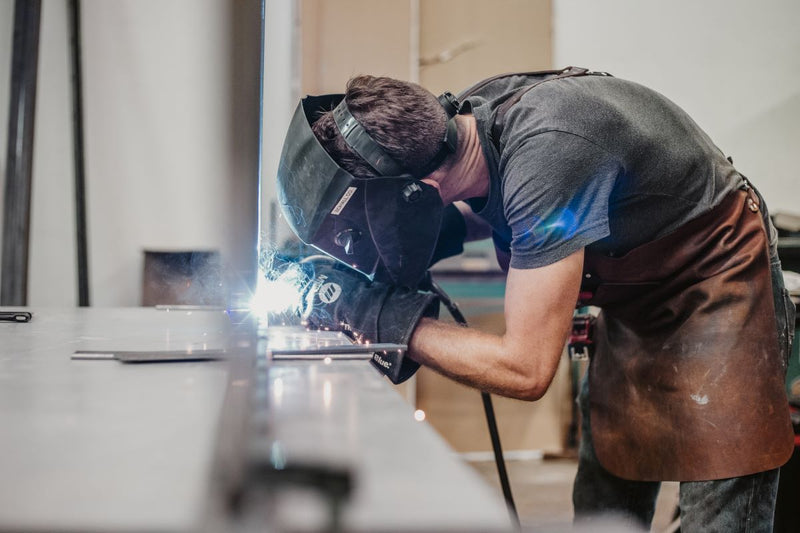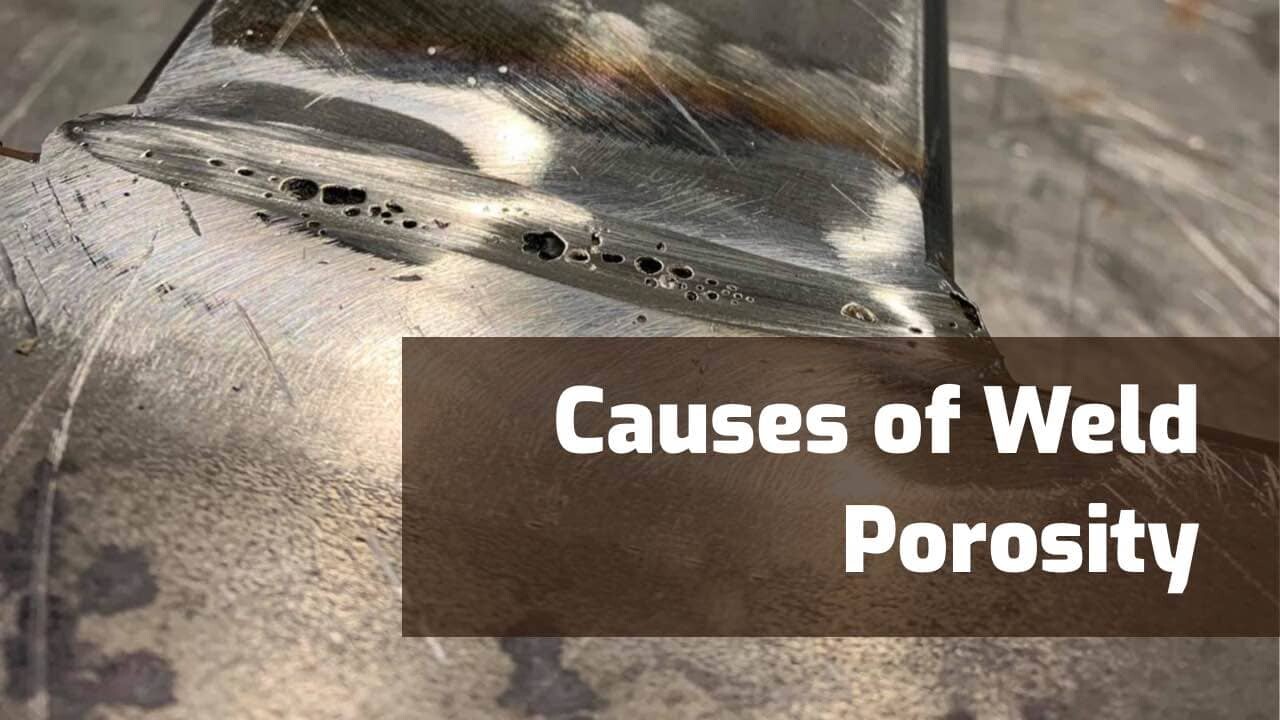Specialist Approaches for Preventing Weld Undercut Successfully
Specialist Approaches for Preventing Weld Undercut Successfully
Blog Article
Essential Tips for Welders: Stopping Undercut Welding and Ensuring Stronger Weld Joints
In the world of welding, accomplishing resilient and solid weld joints is the foundation of creating high-quality job. One typical challenge that welders usually run into is undercut welding, which can jeopardize the honesty of the weld joint. By understanding the variables that add to undercutting and applying the right methods and precautions, welders can properly avoid this problem and make certain the long life and stamina of their welds. Allow's explore some vital pointers that can help welders navigate this difficulty and elevate the quality of their welding jobs.

Comprehending Undercut Welding
Undercut welding is a common welding defect that occurs when the weld metal falls short to effectively fill the groove and results in a groove-like anxiety along the weld bead. This flaw damages the weld joint, making it at risk to splitting and failing under anxiety. Damaging can be triggered by different aspects, including too much welding present, high welding rate, inappropriate electrode angle, inaccurate electrode dimension, and poor welding method.
One of the major factors for undercut welding is an imbalance between the welding existing and the welding speed. If the welding current is as well high or the welding speed is as well quickly, the weld steel may not properly load the groove, resulting in undercutting. In addition, using an electrode that is as well large can cause a comparable outcome, as the excess metal can not properly move right into the groove.
To stop undercut welding, welders ought to ensure they are utilizing the correct welding parameters, maintain an appropriate electrode angle, select the proper electrode dimension, and practice appropriate welding strategies. By attending to these factors, welders can lessen the threat of damaging and develop stronger, much more trusted weld joints.
Correct Welding Technique
Efficient welding strategy plays an essential role in making sure the top quality and honesty of weld joints. One basic aspect of correct welding strategy is maintaining the right angle and range between the welding weapon and the work surface.
In addition, a constant and stable hand movement is necessary for developing strong and resilient weld joints. Welders must go for smooth, uniform motions to make certain even circulation of the weld product. Proper control of the welding gun and filler material is likewise vital to accomplishing optimum infiltration and blend.
Furthermore, managing the warm input and picking the appropriate welding specifications based upon the material being bonded are vital consider accomplishing top quality welds - Preventing weld undercut. Welders should adhere to the recommended settings given by welding treatment requirements and readjust them as required based on the details requirements of the project. By grasping proper welding methods, welders can substantially boost the stamina and reliability of their weld joints
Choosing the Right Electrode
When thinking about the relevance of picking the right electrode in welding applications,Preserving the appropriate angle and distance between the welding gun and the workpiece is fundamental. The choice of electrode plays an important function in figuring out the high quality and stamina of the weld joint. Electrodes come in numerous types, each made for details purposes and materials.
First of all, choosing the appropriate electrode diameter is vital. Thinner electrodes are ideal for welding click to find out more thin materials, while thicker electrodes are better for thicker materials and higher warm applications. Matching the electrode size to the thickness of the workpiece assists accomplish a well balanced weld.
Secondly, understanding the material make-up of the electrode is essential. Different electrodes are designed for welding details products like steel, stainless steel, light weight aluminum, or cast iron. Using the appropriate electrode material makes certain excellent blend and decreases the risk of flaws in the weld.
Lastly, thinking about the welding position and technique is crucial when choosing the electrode kind. For instance, particular electrodes are much better fit for overhead or upright welding placements, while others function well for flat or horizontal positions. Choosing the best electrode based on the welding method enhances the overall weld quality and stability.
Preparing the Base Steel
To make sure a successful welding process, what initial steps should be taken when preparing the base metal for welding? In addition, any existing weld material or deposit from previous welding must be eliminated to make certain a clean surface for the new weld.

Performing Post-Weld Evaluations

After carrying out these assessments, welders should compare the outcomes versus market requirements and project requirements to ensure that the weld joint fulfills all essential standards. Any kind of discrepancies or inadequacies discovered throughout the post-weld inspection ought to be promptly addressed via proper restorative measures to assure the weld's stability. By vigilantly performing post-weld examinations and immediately dealing with any concerns, welders can support the top quality and dependability of their work, inevitably contributing to the safety and long life of the welded frameworks.
Conclusion

To conclude, preventing undercut welding and making certain stronger weld my explanation joints call for a combination of correct welding method, picking the best electrode, preparing the base steel correctly, and performing post-weld evaluations. By recognizing the root causes of undercut welding and carrying out the necessary preventative measures, welders can produce top notch weld joints that meet market criteria and guarantee the architectural integrity of the welded elements.
Undercut welding is an usual welding problem that takes place when the weld steel stops working to properly fill up the groove and results in a groove-like clinical depression along the weld bead (Preventing weld undercut). Undercutting can be triggered by numerous factors, including extreme website here welding existing, high welding rate, improper electrode angle, inaccurate electrode dimension, and inadequate welding technique
One of the main reasons for undercut welding is an imbalance in between the welding existing and the welding speed. If the welding current is too high or the welding speed is as well quick, the weld steel might not properly fill up the groove, leading to damaging.Keeping the proper angle and range between the welding gun and the workpiece is essential when thinking about the relevance of picking the appropriate electrode in welding applications.
Report this page